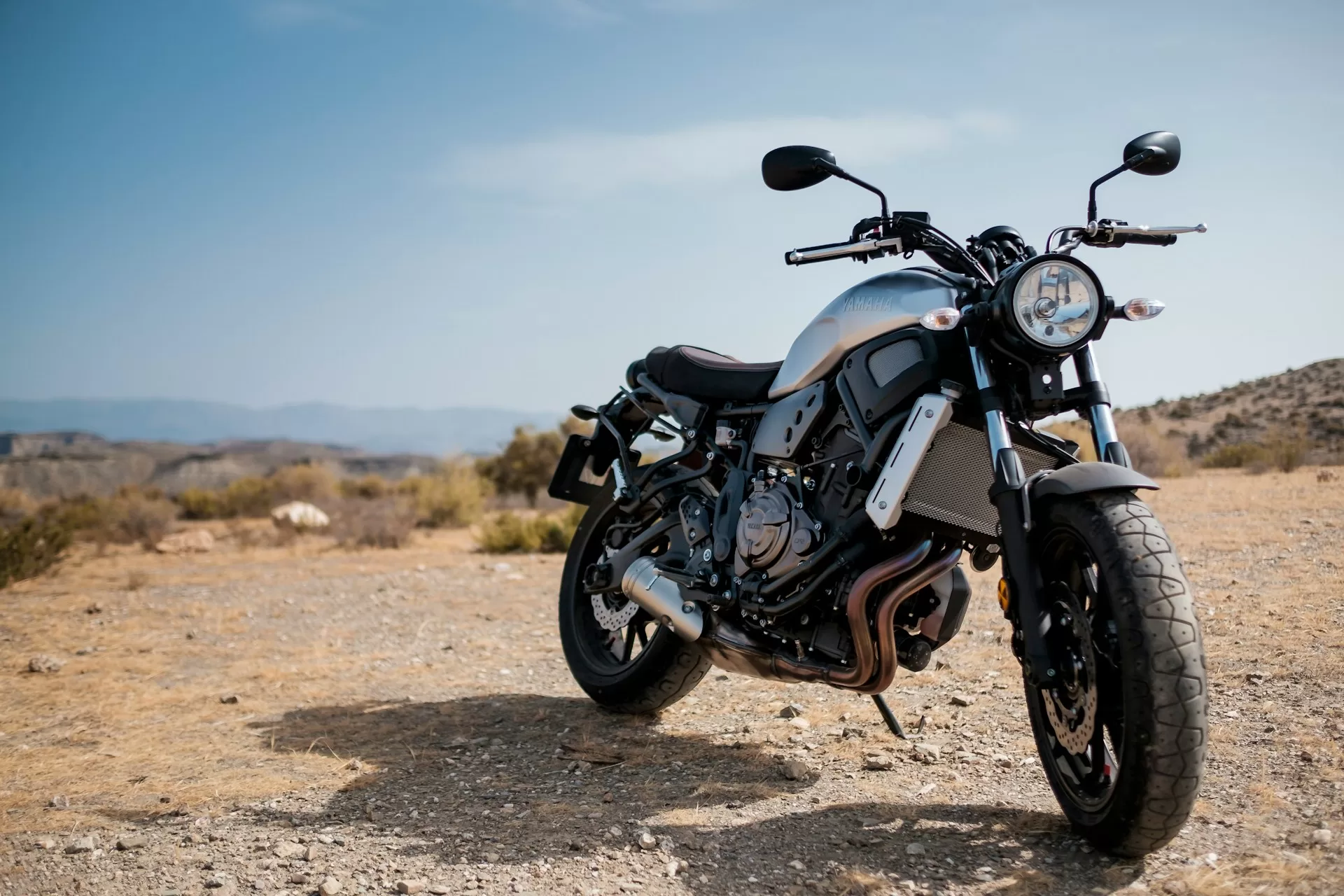
Are you planning to ride a motorcycle in Spain? Navigating the rules and regulations surrounding motorcycle licences can be daunting, especially with the recent changes announced by the Spanish Directorate-General for Traffic (DGT). This comprehensive guide will walk you through everything you need to know about getting a Spanish motorcycle licence, including the new requirements, the training involved, and the process for those with foreign licences.
Spain has a tiered licensing system for motorcycles, based on the engine capacity and the rider’s age and experience. These categories align with the European Union’s standardised framework:
Each licence type requires different levels of training and testing, and riders must demonstrate their competence before being allowed on the road.
In response to an increase in motorcycle-related accidents in 2023, significant changes to the rules and requirements for motorcycle licences have been announced:
Obtaining a motorcycle licence in Spain involves both theoretical and practical training. Here’s a step-by-step guide:
To begin your motorcycle licence journey, enroll in a recognised driving school (autoescuela) in Spain. These schools provide the necessary theoretical and practical training to help you pass the required tests.
All licence types require passing a theoretical test. This exam covers traffic rules, road safety, and specific topics related to motorcycles. The material is available in Spanish, so proficiency in the language is crucial.
Depending on the licence type, you will need to demonstrate your skills in two parts:
Once you pass both tests, the DGT will issue your motorcycle licence. Ensure that you carry this licence with you whenever you ride.
If you hold a motorcycle licence from another country, you may be eligible to ride in Spain without obtaining a new licence. However, the rules depend on your country of origin:
If you have a valid motorcycle licence issued in an EU/EEA country, it is recognised in Spain. You can continue riding without any additional requirements. However, you may choose to exchange your licence for a Spanish one if you plan to stay long-term.
If you hold a licence from a non-EU country, you will need to check if your country has a reciprocal agreement with Spain. For example:
The total cost of obtaining a motorcycle licence in Spain varies depending on the licence type and driving school fees. On average:
These costs may increase slightly with the new requirements for additional tests for car licence holders riding 125cc motorcycles.
As experts in helping clients navigate the process of obtaining a Spanish motorcycle licence, we stay up-to-date with the latest regulations. We provide:
Our commitment is to make the process as smooth and stress-free as possible, ensuring that you can enjoy riding safely and legally in Spain.
Obtaining a Spanish motorcycle licence has become a more structured process, especially with the recent changes aimed at improving safety. Whether you’re a seasoned rider or new to motorcycling, understanding these rules is crucial. If you’re transitioning from a car licence to a motorcycle or coming from another country, planning ahead will save you time and frustration.
We are here to assist you every step of the way, ensuring that you can hit the open roads of Spain confidently and legally. Stay tuned for further updates on the helmet and gloves rules and the new testing requirements. Safe riding!